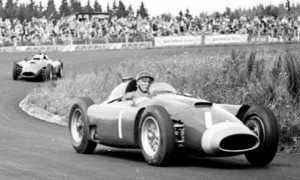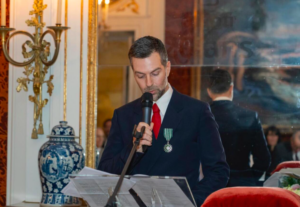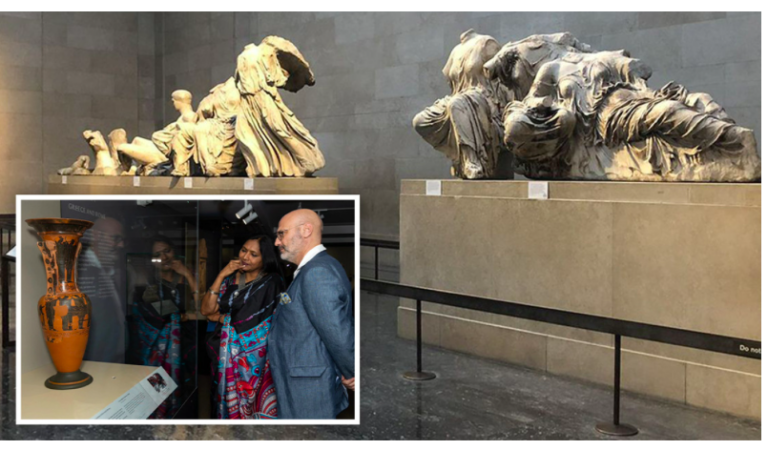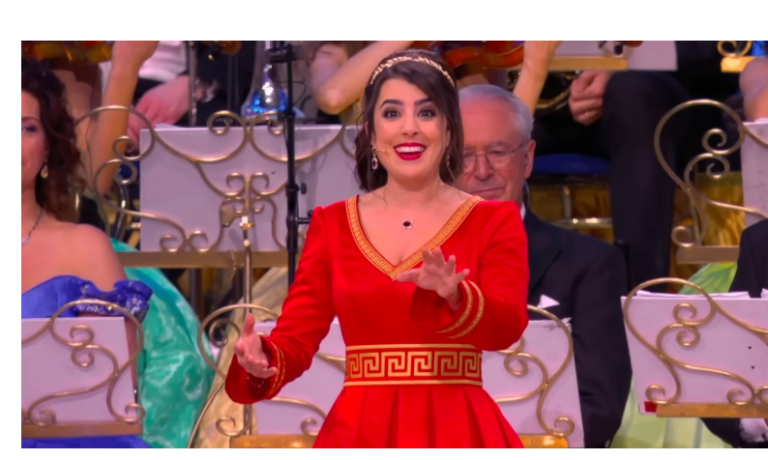Sixty-seven years on from when Enzo Ferrari entered his team in their first Formula One world championship, his obsession has left an extraordinary legacy. The Scuderia are the only team to have entered every season since F1 began and its most successful, with 16 constructors’ and 15 drivers’ championships. A remarkable record that to an extent reflects Ferrari’s ruthless attitude to racing and his single-mindedness in pursuing that end.
Ferrari originally only begrudgingly built road cars to fund the automobiles he wanted to take to the tracks but the emphasis has long since shifted and the Scuderia’s presence in F1 is now very much part of the company’s marketing of road cars, an arrangement recently called into serious question, potentially threatening the future of the team in the sport.
When Ferrari brought his cars to F1 in 1950 it was a different era, one illustrated to great affect in the film Ferrari: Race To Immortality, released this week on DVD. Beautifully composed, comprising some glorious racing footage with insights from key witnesses and experts, it is a marvellous picture. But the story it tells is one of great sadness and tragedy.
From 1950-60, 39 drivers were killed while motor racing. The film focuses on the Ferrari drivers who lost their lives between 1955-60 as Enzo built his empire and reputation. Here then is Eugenio Castellotti, killed in 1957 when testing at Modena, having been summoned by Ferrari to break the track record after Maserati, who also tested at the circuit, had claimed it. On hearing the news Ferrari reportedly responded, “Oh, no, Castelotti is dead. And how is the car?”
Only months later Alfonso de Portago was killed competing in the Mille Miglia, Italy’s notorious open-road endurance competition. It was a race he considered too dangerous and did not want to enter but Ferrari had insisted. Then, in July 1958, Italy’s great hope Luigi Musso was killed in the French Grand Prix at Reims. He had been pushing hard, driven by the competition from the two British Ferrari drivers, Peter Collins and Mike Hawthorn, whose friendship underpins the film.
Collins, had endeared himself to Ferrari by befriending his dying son, Dino, and earned the greatest respect when he relinquished his chance for the world championship by handing his car over to Juan Manuel Fangio at Monza in 1956. In 1958, just a month after Musso’s death, he too was killed at the Nürburgring. The footage of Hawthorne discussing the accident is particularly moving.
Hawthorne would go on to become the first British world champion that season but, strongly affected by Collins’ death, he would retire immediately afterwards. He was killed in a road accident six months later.
The deaths fell in a tragic and awful sequence but as the former team manager and writer Peter Windsor points out in the film, they were fundamental to Ferrari’s story. “How Ferrari got through that period and emerged is a tribute to Enzo’s passion for motor racing and his ability to turn the page and move onwards,” he says.
What grew from that was the marque that became bigger than any driver. “The reason Ferrari is the biggest brand in the world today, bigger than Formula One in motor-racing terms and the reason people think about Ferrari the way they do is because it is ultimately about the car and not the driver,” says Windsor.
The teams have long known of their value to F1 and Enzo’s legacy gives the Scuderia great weight in negotiations, but recent announcements on the new direction for engines did not go down well at Maranello and once again they have raised the threat of them finally calling time on F1.
The current Ferrari president, Sergio Marchionne, expressed his unhappiness and went further in throwing doubt on the new formula for 2021. “Unless we find a set of circumstances the results of which are beneficial to the maintenance of the brand, and the marketplace, and to the strengthening of the unique position for Ferrari, Ferrari will not play,” he said.
They have engaged in sabre-rattling before, but there is a very serious air to Marchionne’s statement this time. Where Enzo only wanted to race, the balance sheet is now also major factor. Marchionne added that, financially, leaving F1 would be welcomed. It would be “totally beneficial to the profit and loss … the board would be celebrating here until the cows come home”.
The teams, the FIA and F1’s owner, the Formula One Group, held a strategy group meeting on Tuesday where budget caps are understood to have been the main topic. What was not on the agenda was redistribution of revenue among smaller teams. Under the current commercial agreement Ferrari are the only team to receive an estimated $68m long-standing team payment.
This reflects the value of the brand recognised by Bernie Ecclestone but the new owner has to find a better way to distribute the revenue if its stated aim of closer racing across more teams is to be achieved.
“I have no interest in life outside racing cars,” Enzo is quoted in Race to Immortality, but the modern incarnation of his Scuderia is a long way from that singleminded ambition. How the Formula One Group deals with one of the fundamental issues in F1 will be crucial and must include the question of whether it judges Enzo’s stable to still be bigger than the sport itself.
Source: yahoo.com
Ask me anything
Explore related questions





